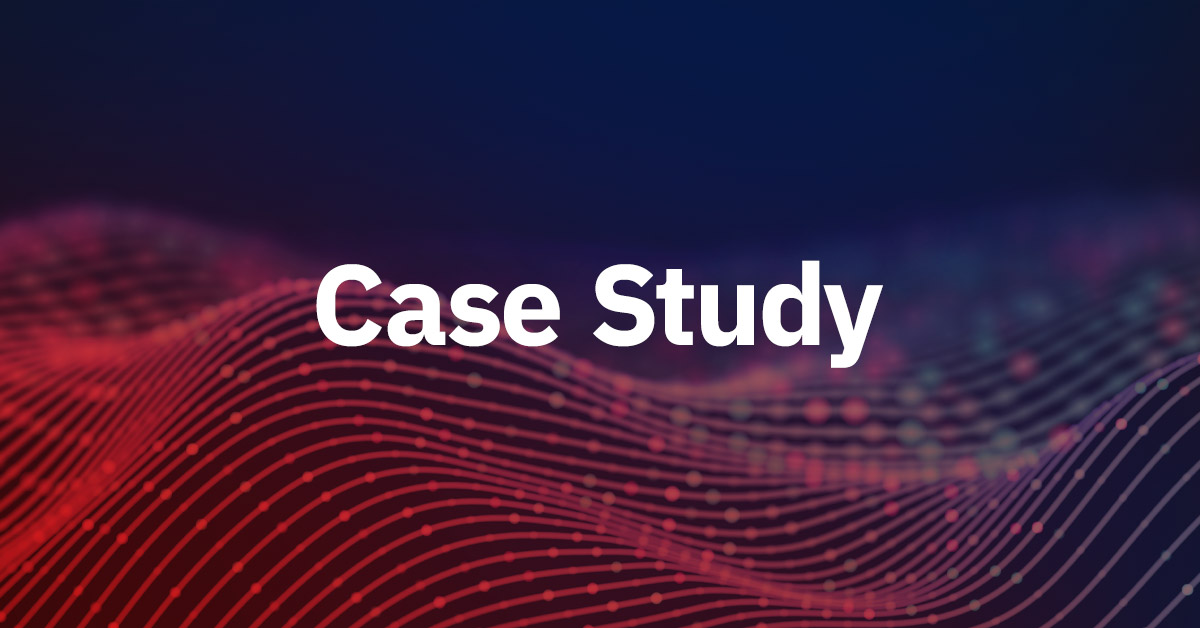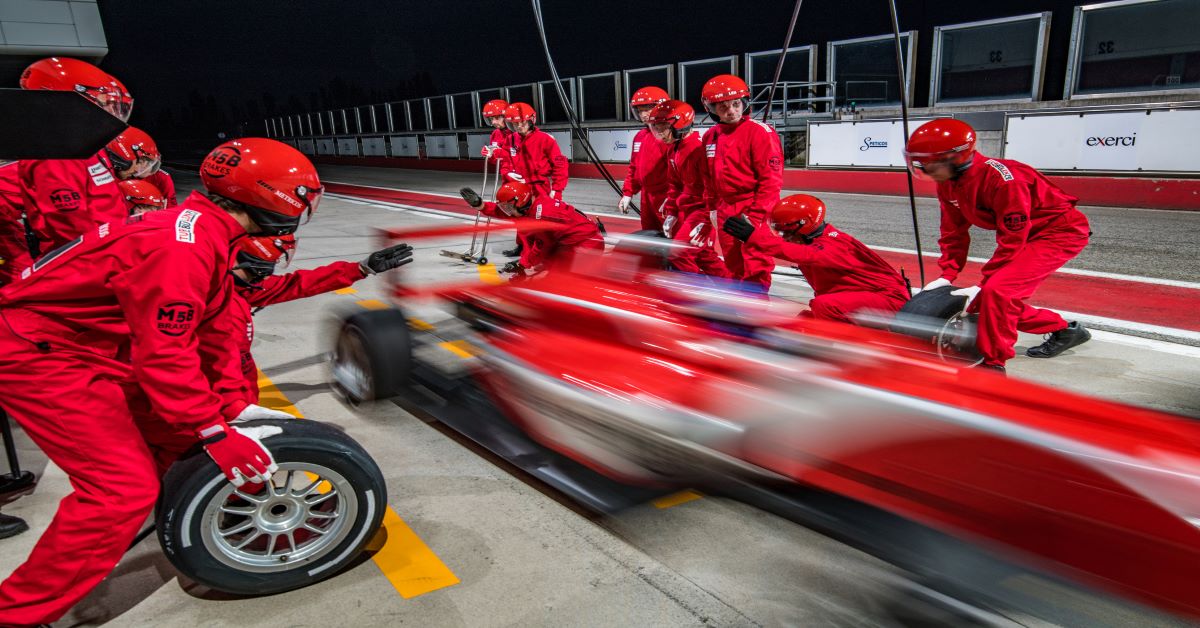

Accelerated Enterprise Asset Management (aEAM) is an asset management approach pioneered by Sente and focused on complex and costly, asset-intensive environments that support mission-critical enterprise processes. This includes engineering design and development, manufacturing, and service organizations like MRO or calibration. In environments where costs can be compounded by several factors – utilization, poor availability, acquisition or capital costs, support and maintenance costs, the opportunity cost of downtime on production outputs or time to market — accelerated Enterprise Asset Management is particularly useful and valuable.
-
Increasing utilization up to 400%
-
Reducing capital expenses 25% to 75%
-
Reducing support expenses 25% to 50%
-
Increasing speed by 2X
aEAM Additional Capabilities
It is a complete and comprehensive solution including aEAM software, embedded knowledge, acceleration processes, role/job descriptions, metrics, key narratives, and templates. The solution drives speed and efficiency into your enterprise processes. Solutions are easily tailorable for your specific situation.
It is a “Governed, full-use life cycle” solution meaning it includes the organizational governance models plus the planning, acquiring, using, maintaining, and disposing of assets after their useful life but puts special emphasis on governance and use. Governing the whole process, but particularly “use”, is critical because assets are used to design, test, and manufacture products, both critical priorities that require speed and efficiency. Governing is accomplished with governance algorithms and ensures assets, resources, and support functions are aligned with the priorities of the business and that asset management processes are working properly to produce the desired outcomes of speed and efficiency.
aEAM teams are passionate about their customer’s success. They are trained and have the tools and capabilities to focus on their customers and important enterprise outcomes they are together driving. They learn how the processes work and how to leverage aEAM to drive speed and efficiency into enterprise processes. They often win enterprise awards for performance.
How Does Accelerated Enterprise Asset Management Compare
aEAM is an innovation that goes beyond typical “siloed” or “fragmented” asset management or enterprise asset management solutions that focus singularly on compliance and, when there are issues, often shifts the burden of compliance to the user without any significant ability to help. When the cost and administrative burden of compliance is shifted to users, they are then distracted from their core, value-added function adding costly delays to enterprise processes. The asset user is generally left without help or with mediocre help where asset management applications don’t provide trustworthy information about asset capability, availability, or readiness.
In a “siloed” asset management approach team coordination is thwarted. Assets are “managed” with responsibilities spread across different functions from purchasing to property management, maintenance, facilities, and quality/calibration all typically using different software or spreadsheets making coordination among these groups costly and slow.
Users can’t trust they’ll have what they need when they need it, as a result of the above issues. This untrustworthiness drives users of equipment to hoard assets, schedules, support functions, and labor driving cost up in the process. Hoarding assets leads to a vicious cycle that keeps system data inaccurate and non-compliant and drives utilization down, and costs up. It reinforces the need to hoard more.
Siloed Asset management teams often feel undervalued. The grounding that they are not valued is that they don’t receive the investments in the tools, methodology, training, or leadership to help them break down the barriers caused by silos and produce competitive advantages for their companies. They work very hard in their current practices in an uphill battle they can’t win with typical asset management practices. We love helping these teams succeed.
aEAM Embedded Knowledge Drives Speed and Cost Competitiveness
The aEAM solution contains equipment-specific knowledge that enables companies to reduce the risk of their equipment while being able to easily search and find equipment with the capabilities and availability to get their work done. In the first image, we display a pie chart showing assets in various stages of obsolescence, from new (green) to obsolete and unsupportable (red). This console, like others shown on our various solutions pages, has drill-down capability into details making the risk of obsolete assets to projects and programs visible. The second image shows our capability to search and compare various asset/equipment capabilities. Eliminating equipment at high risk of causing downtime and being able to quickly search and find available equipment needed and that you already own is key to building the trust necessary to accelerating your process and prevent acquiring assets you don’t need. Finally, the third image from the left helps interface your schedules tightly with your asset requirements and open maintenance windows effectively enabling the matching of the supply and demand of asset and labor, optimizing for speed.
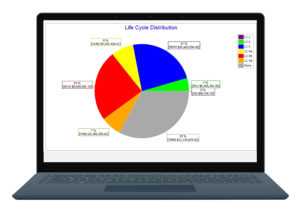
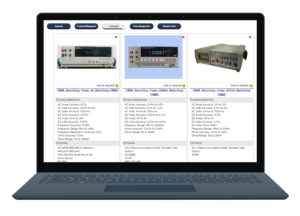
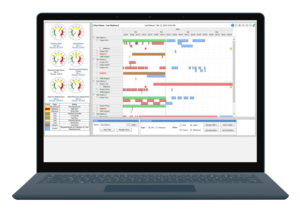
aEAM Creates a Virtuous Circle of Engagement and Improvement
Over the years we’ve come to see Accelerated Enterprise Asset Management as a team sport. It is not something an asset management team can do without cooperation from across the enterprise but typically those functions won’t cooperate with an asset management team because they aren’t sure what the benefit to them or the broader organization is. Cooperation just looks like another disconnected task taking them away from their core process. With aEAM the acceleration comes from accelerated engagement and cooperation with the processes…because they are trustworthy.
-
Asset Management Teams using Sente’s proprietary utilization and accountability practices satisfy Asset Users needs quickly by matching supply and demand for assets in real time.
-
Over time and on the prompting of the asset management team, Asset Users reciprocate by providing longer-term views of asset requirements and schedules
- Maintenance and Calibration Teams are able to optimize their resources around production and development schedules while also improving their responsiveness.
-
Asset Management Teams use supply, demand, and technology planning information to saving investment dollars by shaping the asset inventory to support their customer’s mission at teh lowest possible costs thereby winning…
-
Increased user and user management satisfaction for saved budget and faster responsiveness (reusing what you own avoids lead times)
-
Satisfaction from finance for saving capital and improving profitability and balance sheet performance
-
Satisfaction from property management who now has tighter controls on the assets they are responsible for reducing their level of effort and eliminating annual inventories
-
Satisfaction from purchasing for reducing spend and the administrative burden on their organization associated with the avoided spend
-
-
Asset Management provides analysis to finance and user management about the benefits from reinvesting a portion of the savings
-
Users see their cooperation and sharing actually gets them better equipment. Users find ways to free up capacity when they see they get better equipment when they share. They share more.
-
Finance is satisfied because the investment, necessary for reducing obsolescence risk, also reduces hoarding and utilization continues to rise
-
-
Project and/or manufacturing management sees their costs decreasing and to drive speed share more detailed schedules for future programs to the user groups and asset management team enabling more robust supply and demand data
-
Project Management, Manufacturing Management, and Users collaborate with Asset Management in real-time to optimize schedules by leveraging enterprise assets.
-
Asset management continues to increase interest and more engagement across the organization
-
As trust build, silos are broken down, sharing of assets and information increase, data gets more accurate and complete, better decisions are made. Speed and innovation increase.
aEAM Creates a Virtuous Cycle of Trust & Innovation
The practices and disconnected-systems & tools typical of Siloed Asset Management, in the context of today’s rapid change, produce perverse incentives and costly behaviors, like hoarding. Hoarding is the antithesis of collaboration and thwarts innovation and speed leading to the uncompetitive practices and vicious cycle shown on the left. These tools, methods and behaviors are vestiges of the last industrial revolution.
Sente’s Scireo platform is a 4th Industrial Revolution enabling software suite that enables trust to build between departments which is the launch point for our Culture Change Algorithm, as shown in the diagram below. Read more about our culture-change algorithm here: We Accelerate Results With our Culture Change Algorithm.
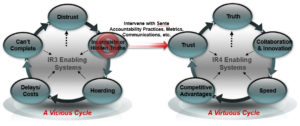
Request a Demo
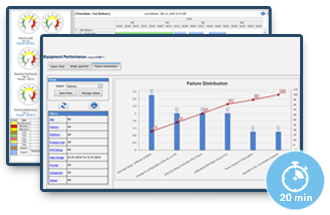
See how Scireo aEAM Software drops asset and support costs by 50% while accelerating time-to-market 2X.
Relevant Content
Virtualizing aEAM Feasibility, Planning & Install: Faster, Lower Cost, Accelerated Results
aEAM (Accelerated Enterprise Asset Management) achieves 2X to 4X improvements to asset utilization, throughput, and speed compared with typical asset management solutions. You can now launch twice as fast getting results in 30 to 60 days! Great projects have great potential and get key constituents on board to drive the change with the knowledge and…
Asset Management Best Practices: Navigating Covid-19
We’ve relied very much over the years on informal “water cooler” or “hallway” conversations to get caught up, coordinate, and build background narratives with our colleagues and teams at work; To check progress and see where people need help. These have been habitual practices that make things work but are now severely curtailed. These conversations…
Case Study: Semiconductor Company Increases Test Equipment Utilization
This company had a leading market share and wanted to solidify its position with its strategic customers by installing test capabilities on their sites. See how a 40% increase in bench utilization funded the project.
Equipment Utilization Case Study: Space Company Leverages Assets
The hoarding culture was slowing this company down while impacting cost and quality. See how a journey to common processes and collaboration lead to a 50% reduction in assets as their business doubled.








